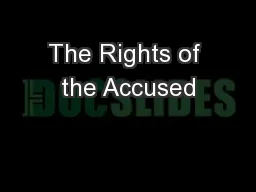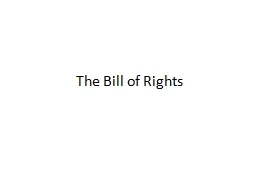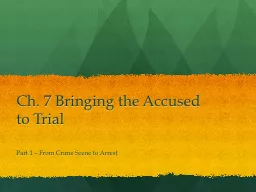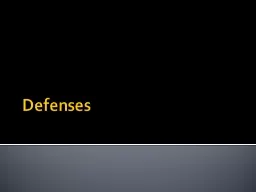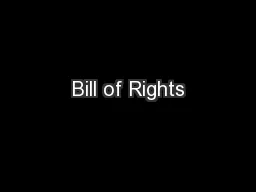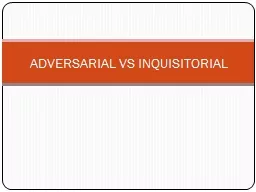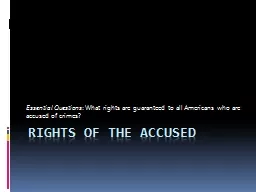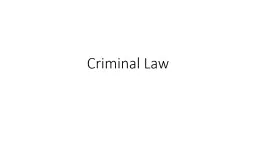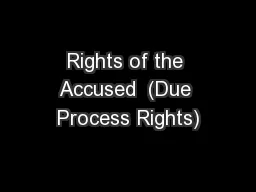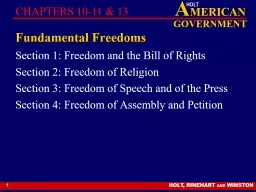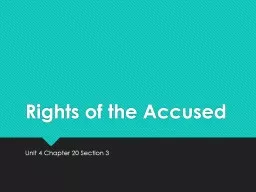PPT-The Rights of the Accused
Author : min-jolicoeur | Published Date : 2017-08-13
5th Amendment No personshall be compelled in any criminal case to be a witness against himself nor be deprived of life liberty or property without due process of
Presentation Embed Code
Download Presentation
Download Presentation The PPT/PDF document "The Rights of the Accused" is the property of its rightful owner. Permission is granted to download and print the materials on this website for personal, non-commercial use only, and to display it on your personal computer provided you do not modify the materials and that you retain all copyright notices contained in the materials. By downloading content from our website, you accept the terms of this agreement.
The Rights of the Accused: Transcript
Download Rules Of Document
"The Rights of the Accused"The content belongs to its owner. You may download and print it for personal use, without modification, and keep all copyright notices. By downloading, you agree to these terms.
Related Documents

